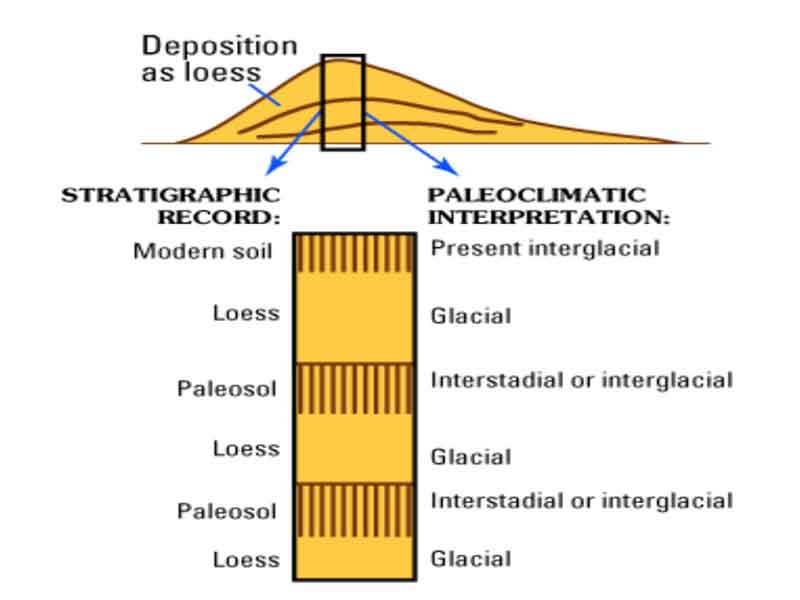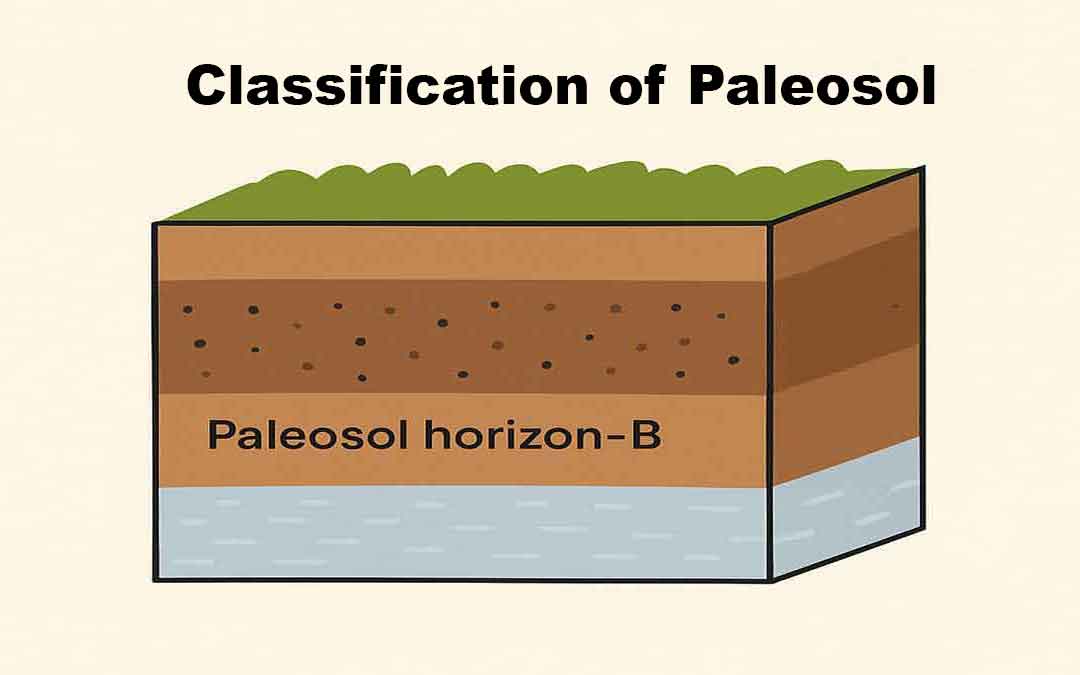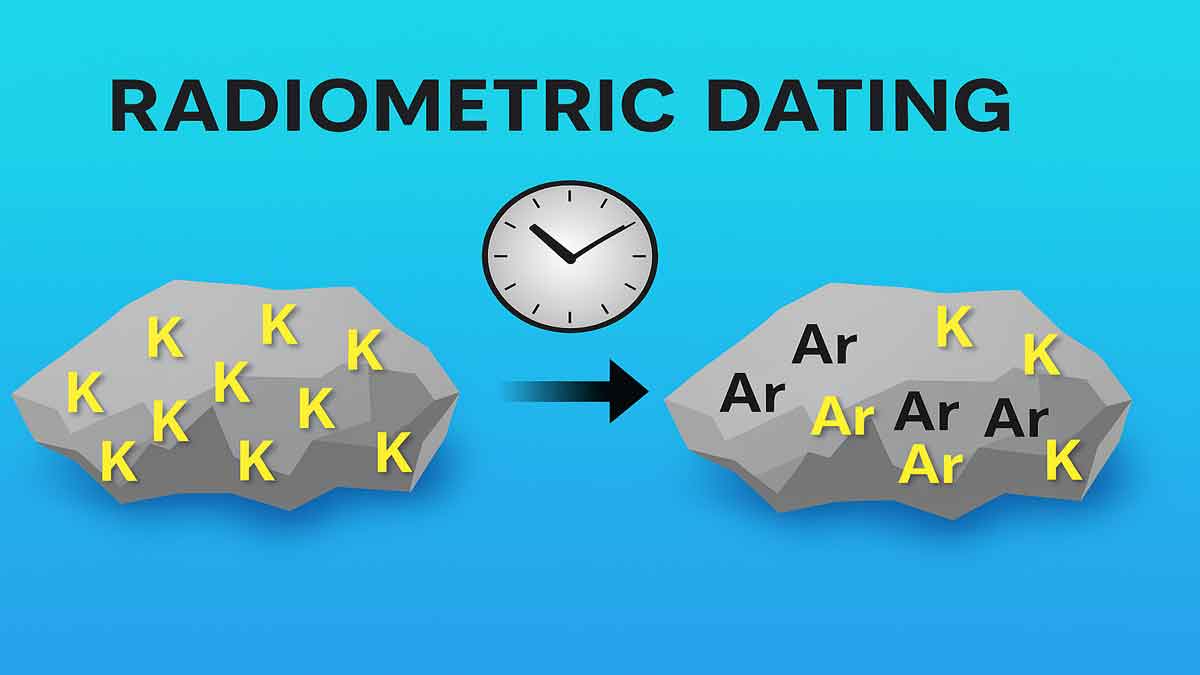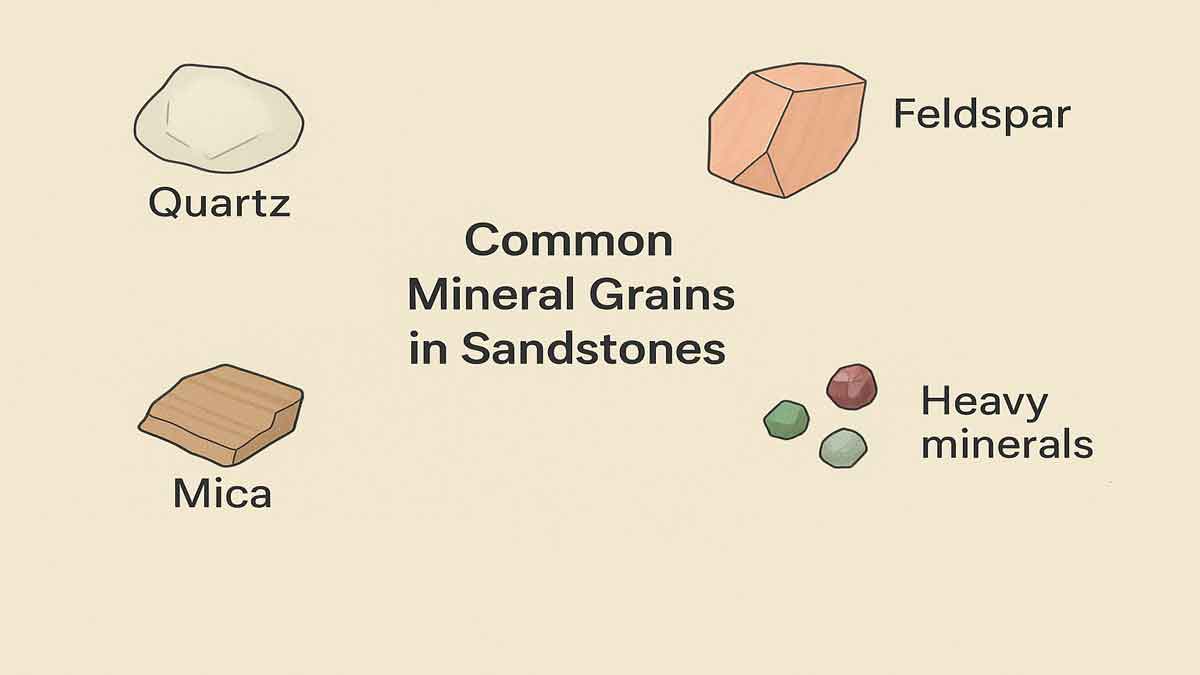Paleosols are the soils of ancient times. Sometimes, it is called fossil soils. Despite increased interest in paleosols during the past decade, no satisfactory classification is in current use. Presented here is a largely descriptive classification system that utilizes those pedogenic features that have the highest preservation potential in the rock record.
Basis and System of Classification:
Emphasized in the classification are morphological and mineralogical features that are easily recognizable in the field and through the petrographic microscope. The classification is based on evaluation of the relative prominence in a paleosol of six pedogenic features or processes: organic matter content, horizonation, redox conditions, in situ mineral alteration, illuviation of insoluble minerals/compounds, and accumulation of soluble minerals.
The most prominent of these six features/processes provides the key to classifying a paleosol into one of nine orders. Four of the order names are borrowed from Soil Taxonomy (Histosol, Spodosol, Oxisol, Vertisol), whereas the other five order names are presented here for the first time (Calcisol, Gypsisol, Gleysol, Argillisol, Protosol).
The orders may be preceded by one or more subordinate modifiers that describe other important features of the paleosol. The classification is relatively easy to apply to the rock record and should enhance communication and aid in the standardization of terminology.
Types of Paleosol:
Apparently, three paleosols are important:
1) Buried soil,
2) Relict soil, and
3) Exhumed soil.
Buried paleosols are embedded by subsequent sedimentation. Relict paleosols were developed on existing soil sections to adjust or to make equilibrium with the changing ambient climatic conditions. When the buried paleosols are exposed due to valley cutting or erosion, they are called exhumed soils.
Paleosol in Geological Context:

During the Glacial Period, loess accumulated on frozen ground (permafrost), and during the Interglacial Period, warm and humid climate accelerated soil horizonation on top of the paleosoil surface.
The next glacial Period wind-blown loess covered the earlier soil horizon, resulting in the Buried Paleosol horizon. Alternation of Glacial and Interglacial periods resulted in a series of buried paleosol horizons in the thick loess section. Soil horizon B is the most important for paleosol identification.
In most cases, the topmost horizon-A washes away during the subsequent sedimentation, leaving the B-horizon in the stratigraphic section. Paleosol horizon B appears deep brown or brownish colour in the stratigraphic section.
It should be noted that all brownish coloured layers do not represent paleosols. Paleosol must have micromorphological features, such as voids, coatings, infillings, illuviation, etc.
Conclusion:
Paleosols are classified according to key soil formation processes and serve as vital indicators of previous environmental conditions. Investigating these soils deepens our understanding of ancient soil layers, particularly through characteristics found in horizon B, which formed during the alternating glacial and interglacial periods.






